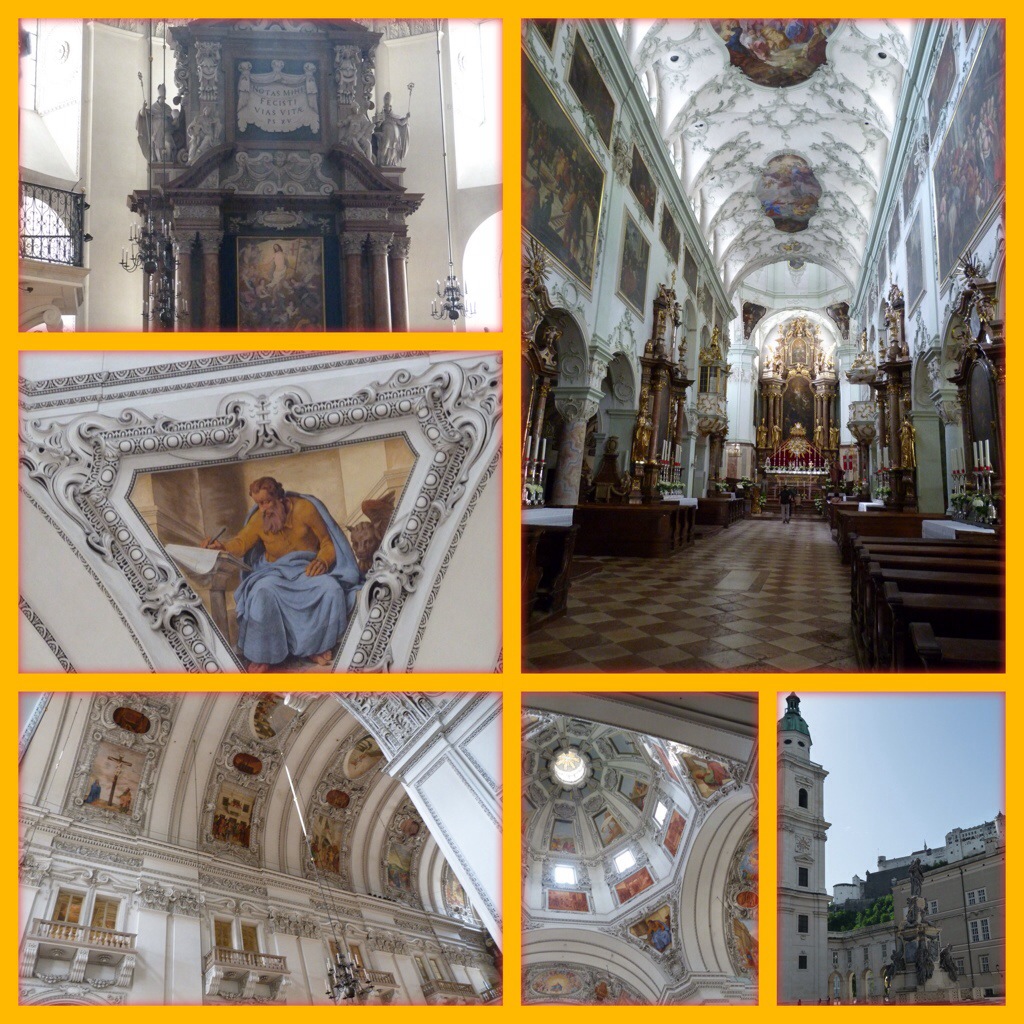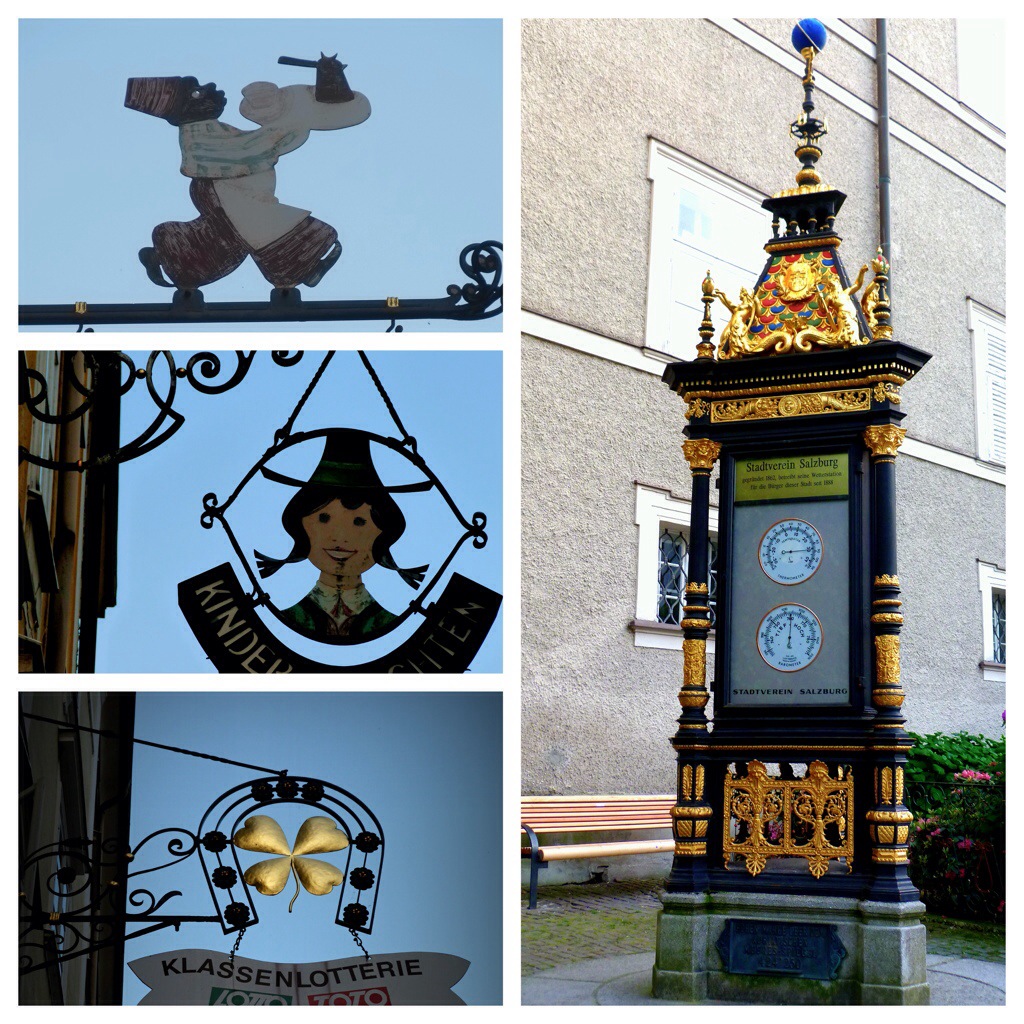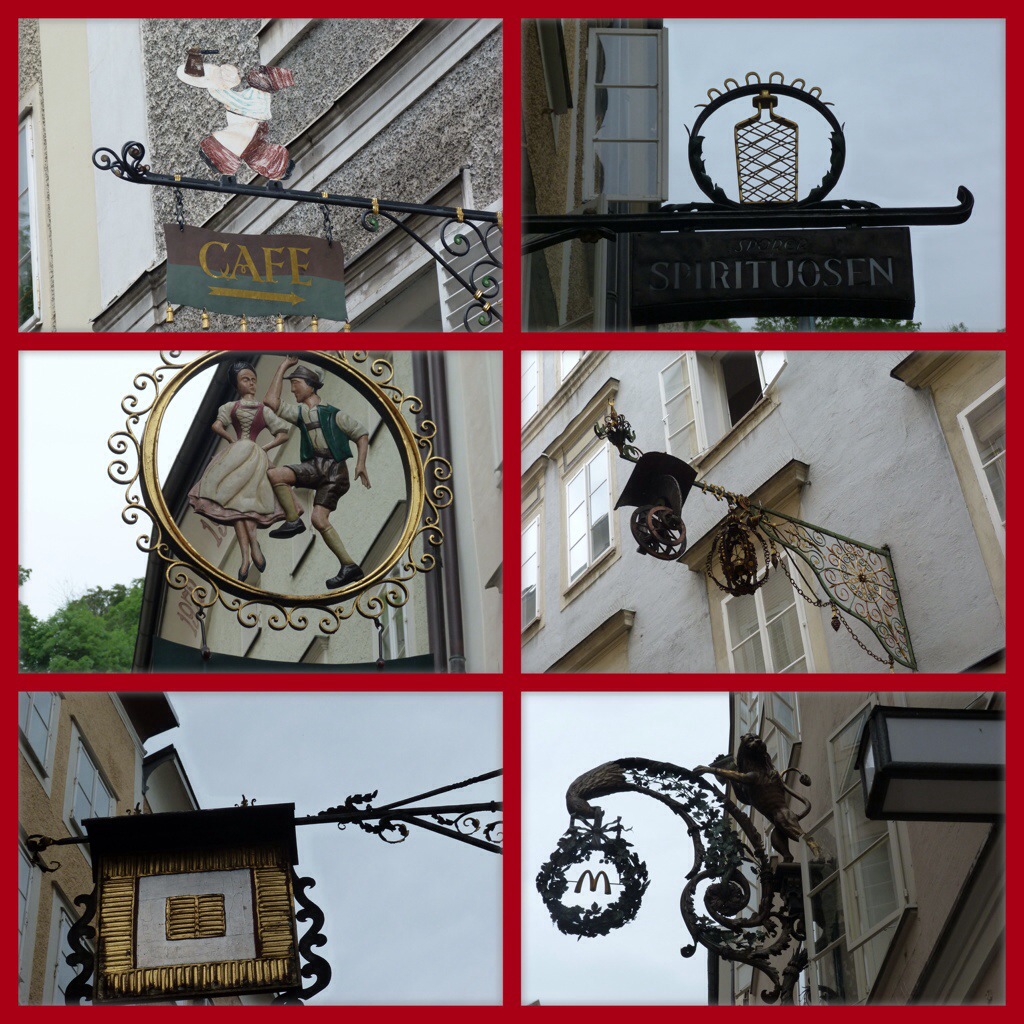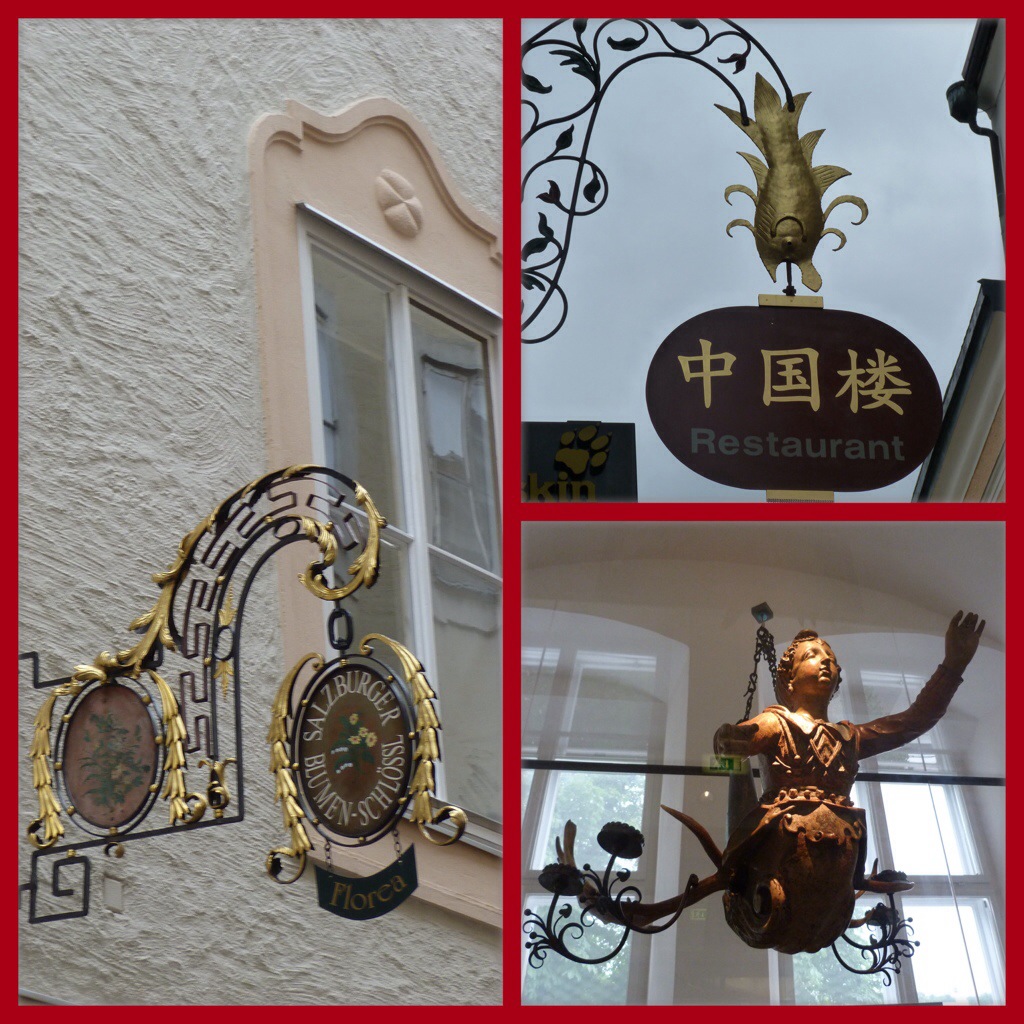Salzburg is an unique example of an ecclesiastical city-state, rare to the Holy Roman Empire, from Prussia to Italy. Most of these city-states disappeared as political and administrative units in the early 19th century but Salzburg survived completely, preserving its urban fabric and individual buildings. That city-state history is the point Salzburg’s past where the Italian and German cultures synergistically met and the result is a Baroque town that has emerged intact as a tribute to a that particular culture and period.
The centre of Salzburg owes much of its Baroque appearance to the Italian architects Vincenzo Scamozzi and Santino Solari brought in by the Prince Archbishop Wolf Dietrich von Raitenau who grew up in Rome, ruled Salzburg from 1587 to 1622 and had grandiose Italian aspirations for Salzburg. The operant framework is PRINCE and ARCHBISHOP, linking church and state and their respective coffers. The Residenzplatz, the main square attests to his foresight today.
It appears that Salzburg has long been prosperous based in large part on the river which was the salt barge highway from the mines to other cities throughout Europe. Salzburg taxed every boat that passed in either direction. Home to renown artists and musicians, preeminent among them Wolfgang Amadeus Mozart, Salzburg was promoted by the 18th century city fathers who aspired to have their town on the European grand tour, as part of economic development. On the main street of old Salzburg, Residenzplatz, the burghers trade shops were hung with signs which symbolized their products, since many people were illiterate in the Middle Ages. The delightful signs are still in place today. Is McDonald’s in evidence below??





Sorry, the comment form is closed at this time.